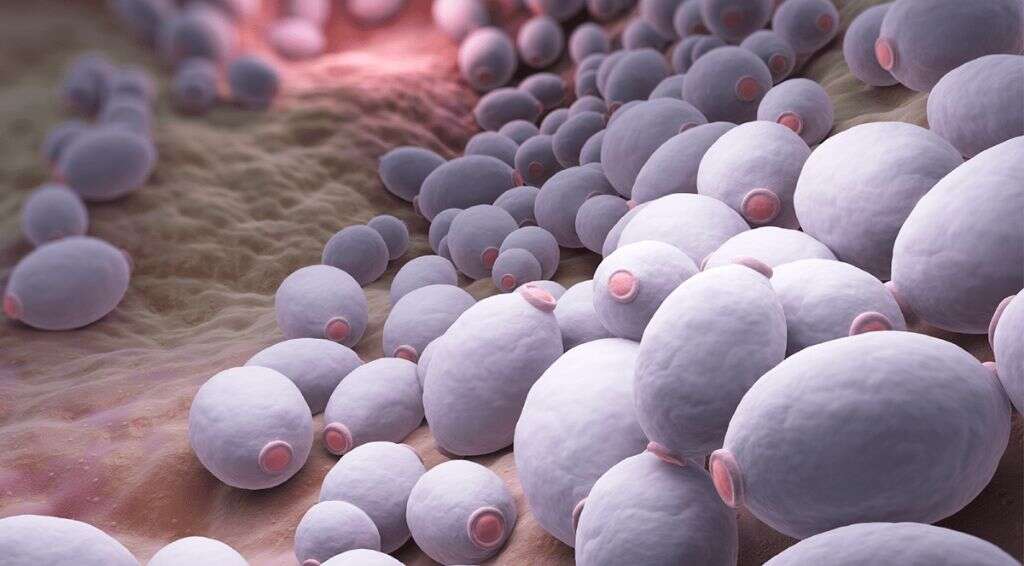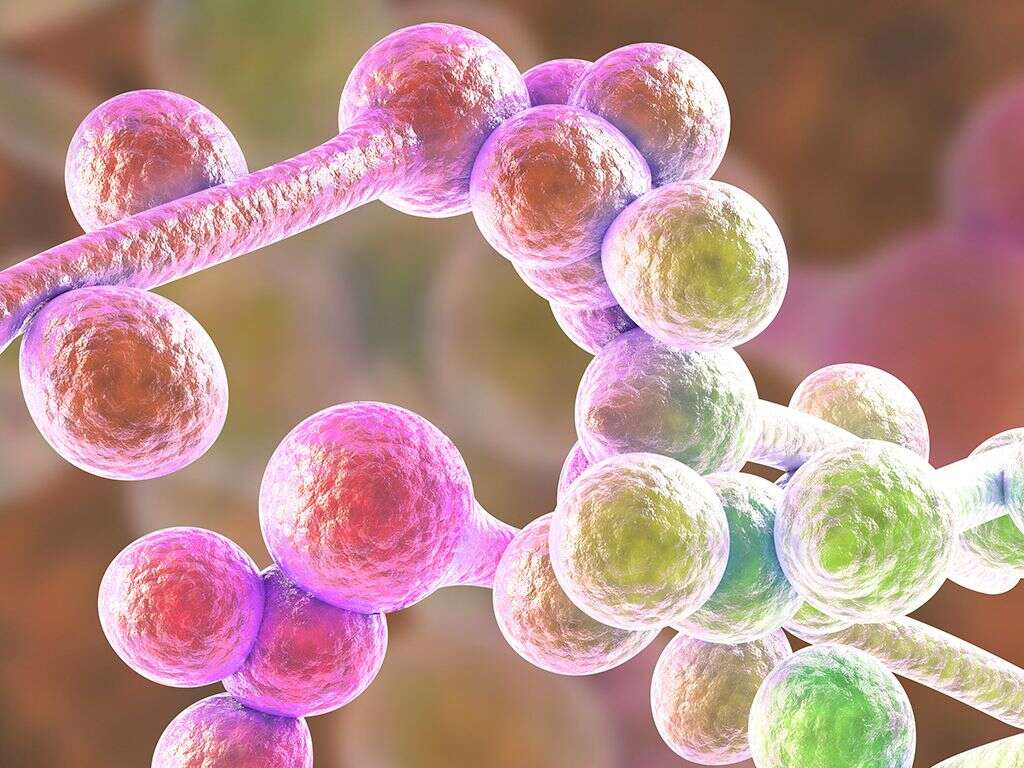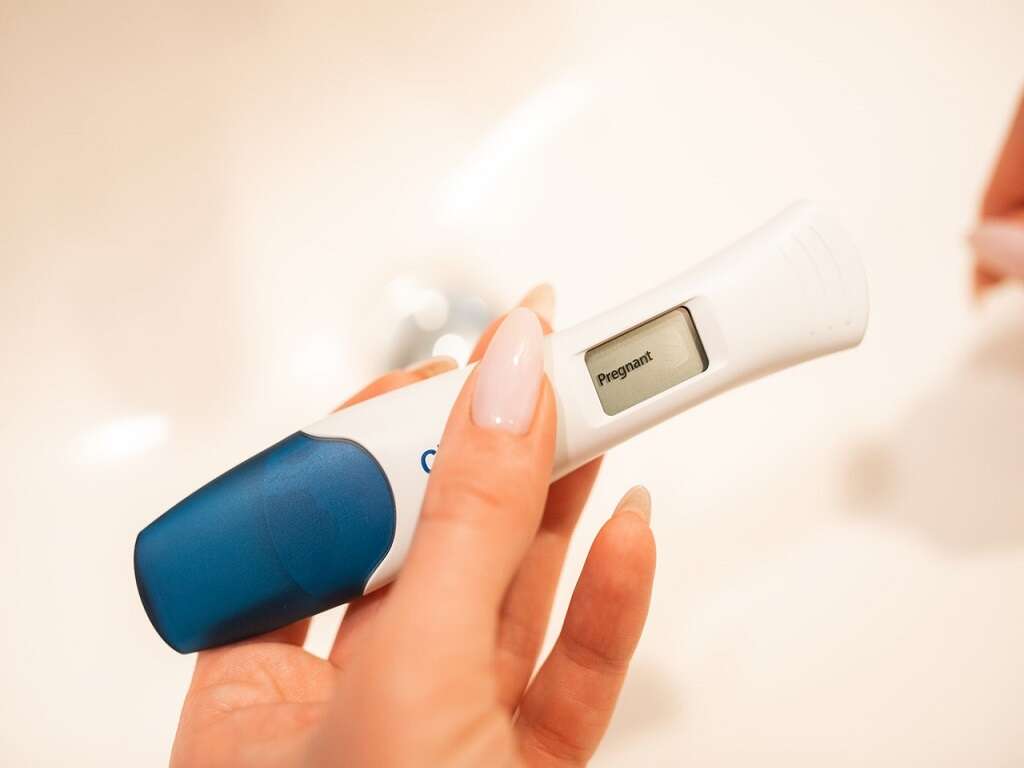What Causes Yeast Infections?
An overgrowth of the yeast known as candida results in a fungal infection called candidiasis. Normal candida lives in the mouth, throat, skin, gut, and vagina. Seborrheic dermatitis, sometimes referred to as cradle cap, is a common yeast infection affecting infants. Other candidiasis of the skin can appear in the diaper area of toddlers or in the armpits of adults.
Thrush is an overgrowth of candida that occurs in the mouth or throat. Candidiasis in the gut can cause bloating, gas, and constipation. When the same fungal infection occurs in the vagina, it is commonly referred to simply as a yeast infection. Knowing the major causes of yeast infections can help with prevention.

1. Antibiotics
Taking antibiotics is a very common cause of yeast infections in women. Lactobacillus is the bacteria that keeps candida in check, and antibiotics decrease the amount of lactobacillus in the vagina. This results in the overgrowth of candida and the subsequent yeast infection.
If you are prone to yeast infections when taking antibiotics, your doctor may prescribe oral fluconazole to take along with the antibiotics. An over-the-counter (OTC) antifungal cream may also be used concurrently with antibiotics to keep the yeast under control. Many women take probiotics containing lactobacillus to help prevent the overgrowth.

2. Hormonal Imbalance
Yeast infections can also occur when the body’s natural balance of progesterone and estrogen is disrupted. Candida tends to overgrow when estrogen levels are high. Since yeast cells cannot increase in the pH level present during menstruation, often menstrual blood will clear up yeast infections with no further treatment.
Although contraceptives don’t directly cause yeast infections, your chance of developing one does go up when you are using a hormone-based method, such as birth control pills. They often contain progestin, a synthetic version of progesterone. This hormonal disruption can lead to yeast overgrowth.

3. Stress
Chronic and severe stress can cause cascading physical problems, including yeast infections. High cortisol levels can increase blood sugar, giving yeast the perfect environment to thrive in. Sometimes recurrent yeast infections and chronic stress form a circular pattern that is hard to break.
Stress can also impair immunity, which increases the likelihood of developing a yeast infection. Many women develop yeast infections when going through major life changes, such as a divorce, wedding, job change, or move. Using exercise, meditation, or yoga to reduce stress may be helpful.

4. Lack of Sleep
Getting less sleep than needed can also raise cortisol levels, increase blood sugar levels, and lead to yeast infections. Restful sleep is necessary for the body to repair and renew itself, and when your nights are spent tossing and turning there is no chance for that to happen.
If you have recurrent infections, try making your bedroom a dark, quiet refuge during sleep time. Avoid eating or exercising during the three hours prior to bedtime. Cut out all screen time during the last hour before you sleep. Monitoring caffeine intake can also help.

5. Bad Diet
High glucose levels in the body can cause an overgrowth of candida by feeding the yeast in the vagina. A typical Western diet, high in refined sugar and processed carbohydrates, is just what the fungus is looking for. Candida growth may also be promoted by alcohol consumption.
A candida-fighting diet is one that supports an alkaline environment in the body. This includes good proteins and healthy fats. Garlic, turmeric, and coconut oil all fight the overgrowth of yeast. Some studies have shown that coconut oil, which contains caprylic acid, may be as effective as the drug fluconazole in treating yeast infections.

6. Pregnancy
Hormone changes during pregnancy often bring on yeast infections. Increased estrogen levels disrupt the balance between the bacteria and yeast, letting the yeast overgrow. While they can be very irritating, yeast infections won’t hurt you or your baby.
An expectant mother is most susceptible to yeast infections in the second trimester. Carefully watching your diet and removing sugars can reduce your chance of developing candida overgrowth. Fluconazole is not safe to use during pregnancy. You can try natural methods to get rid of the infection. If it persists, consult with your doctor before using any medication.

7. Uncontrolled Diabetes
High blood sugar can cause yeast overgrowth in the vagina. Many diabetics have periodic screenings for yeast infections. Carefully regulating your blood sugar levels may reduce your risk. When diabetics do develop yeast infections, the symptoms can accelerate more quickly and be harder to treat.
Poorly controlled diabetes with high blood sugar levels leads to an increased risk of severe and frequent infections. Higher levels of glycogen in diabetics can increase acidity in the vagina, which in turn can prompt yeast overgrowth. Recurring infections are more likely in diabetics.

8. Immune System Issues
The body’s immune system helps good bacteria keep yeast overgrowth under control. People with weaker immune systems are more likely to have serious yeast infections. Repeated fungal infections, such as those from overgrowth of candida, may be an early warning sign of HIV infection.
Women with HIV also have yeast infections that are harder to treat. Those with low immunity caused by HIV or corticosteroid use should be checked immediately if they suspect an infection. A depressed immune system may also promote vaginal acidity, giving candida a better opportunity to grow.

9. Warm, Wet Environments
Candida thrives in damp conditions. Although you can’t catch a yeast infection from a pool, wearing a wet swimsuit all day can set you up for an overgrowth. Women sometimes develop yeast infections after spending an extended time in damp apparel. Change into clean, dry underwear after swimming. Don’t wear uncomfortably tight pants. Your skin will breathe better with loose-fitting clothing and natural fabrics like cotton.
Yeast can also thrive in the warm, moist environment that pantyhose can create. Wearing cotton underwear may alleviate the problem, but wearing pantyhose without underwear compounds it. Even with breathable cotton in the crotch, air circulation can be a problem. If you are prone to yeast infections choose thigh-high styles of pantyhose instead.

10. Bacterial Imbalances
Douching, using liquids or water to clean the inside of the vagina, removes some of the healthy good bacteria and can cause a yeast infection. It can also change the pH of the vagina, allowing the candida to overgrow. Doctors recommend against this practice, as it throws off your body’s natural balance.
Bubble bath and scented soaps can also cause an infection. Using plain water to clean the outside of the vagina is best. Be sure to change tampons and pads every three to four hours, and wash menstrual cups according to the directions.










